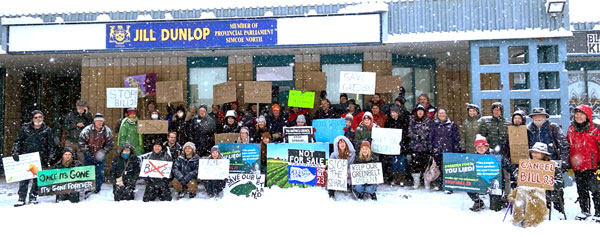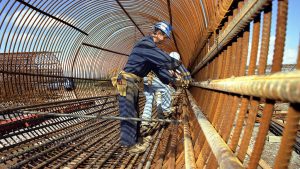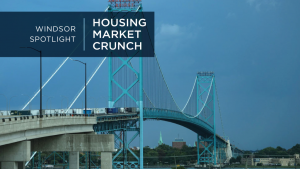There is no doubt Ontario has a housing shortage. How that shortage is addressed, however, comes down to choices. Over the span of two weeks, the Province of Ontario under Premier Doug Ford has chosen sprawl.
Bill 23 came first on Oct. 25, a proposed piece of omnibus legislation called the More Homes Built Faster Act. Despite its slap-dash sounding title, a few elements of Bill 23 have been greeted positively, such as the issue of “gentle densification.” For example, the construction of up to four housing units to a maximum of four storeys will be permitted on every lot in Ontario. Experts have long felt that densification in urban centres could be improved.
However, there are far more negatives than positives. One is the removal of municipal green standards, a significant blow to efforts aimed at improving the long-term energy efficiency of new homes.
Another is the erosion of municipal planning authority and the funding of infrastructure to support the 1.5 million new homes Ontario wants built over the next 10 years. It’s a problem not limited to the largest urban centres.
For example, the County of Simcoe north of Toronto projects that development charge reform will cost the county $175 million over the 10-year period. That’s money needed to pay for the roads, water and sewers associated with new housing. Those costs will fall on the backs of existing homeowners in the form of property tax increases of four or five per cent.

“We’re concerned that there’s a departure from the philosophy that development pays for development and growth pays for growth, and there will be a bigger burden placed on the existing taxpayer,” Nathan Westendorp, the county’s director of planning said at a recent council meeting.
The net effect could, in fact, be a slowdown rather than an increase of new housing development. More alarmingly, the absence of a new funding model, the removal of housing services as an eligible development charge could mean less money to build social housing projects.
Yet to be addressed are the funding of schools and municipal facilities that make living in new developments both feasible and attractive for families.
On top of that, on Nov. 4 the Ontario government proposed, in a sudden move, the effective expropriation of 7,400 acres of greenbelt around the GTA and Niagara regions.
This reversed a pledge made three years ago when Ford said, “The people have spoken. They don’t want me to touch the greenbelt, we won’t touch the greenbelt.”
The result of the proposed Bill 23 and greenbelt expropriation tag-team is the continuation of the 20th century instinct favouring urban sprawl.
Alongside Bill 23’s undercut of the municipal planning process, the proposed development of the greenbelt lands appears both absurd and unnecessary when projections indicate only 50,000 of the 1.5 million new homes can be built on that land.
Mind you, for some of Ontario’s largest residential developers, the Bill 23-greenbelt combo is a gift from the provincial gods. The CBC reports several of these companies own much of the 15 parcels of greenbelt being opened for development. For them and the others, the More Homes Built Faster Act means untapped land, minimal planning oversight and little obligation towards supporting infrastructure.
Stop Urban Sprawl groups across Ontario, where rapid urbanization is an impending reality, are finally receiving their deserved mainstream attention. Although a loose coalition, their singular message is articulated by the Canadian advocacy group Environmental Defence.
“Unless we stop it, the big sprawl will destroy green space, worsen urban flooding, waste millions in extra infrastructure costs, prevent us from meeting our climate change targets, and squander the millions of new homes and workplaces that are our last best chance to repair the post-war suburbs Ontario is saddled with already.”
More Homes Built Faster is a far cry from More Homes Built Better. The Ford government is already hearing that message from professional organizations, the public and municipalities.
John Bleasby is a Coldwater, Ont.-based freelance writer. Send comments and Climate and Construction column ideas to editor@dailycommercialnews.com.










Recent Comments
comments for this post are closed